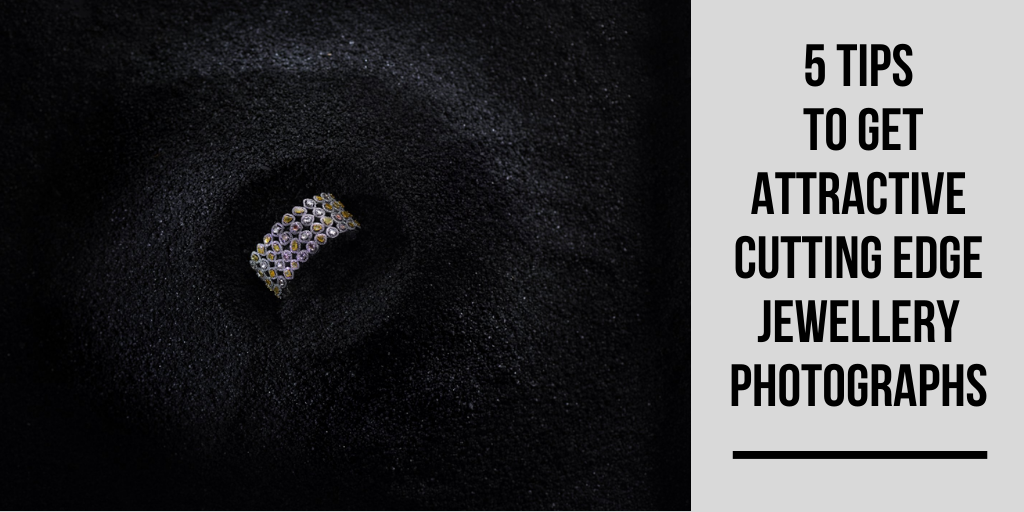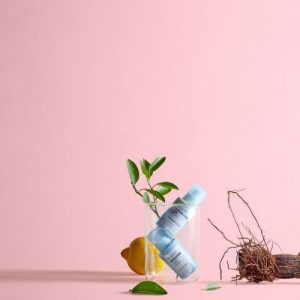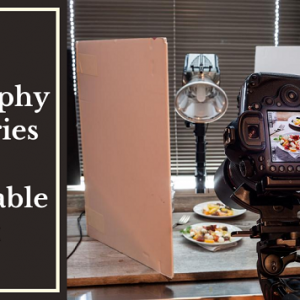We’ve all looked at a jewellery catalogue or a photograph in a magazine listing and stared at it with complete fascination, “why don’t my jewellery pieces look so stunning?”
Good news is, we can help you fix that!
Let’s start with what some jewellery photographers get right. The key, in my experience, is to master certain skills required to click precious stones. These are – sharpness, exposure and brightness. This coupled with the ability to manoeuvre these to your needs based on your setup and situation.
As a professional product photographer, I aim to bring years of experience and knowledge gained on-field to this blog. So, I’ve put together 5 tips for photographing jewellery. These tips also help you understand the elements that play an integral role in making jewellery look better in pictures.
So, let’s get right in –
Clean the jewellery pieces
This is the first and most important step. Make sure that the items you are photographing are clean. One thing you must remember is that what may not appear unclean to the naked eye will clearly show in a highly-detailed image taken by your digital camera.
There are two ways of doing it. You can either polish the gems for some serious cleaning or simply use a damp microfiber cloth to remove dust and add shine.
However, always wear soft cloth gloves when handling the pieces to avoid leaving fingerprints as they will get captured whilst clicking images.
Choose a macro lens
This is the most important piece of equipment that you will ideally need to shoot jewellery pictures.
There are two lenses to consider when buying a macro lens – one with a shorter focal length, this allows you to work much closer to the object and unravel minute details.
The other with a longer focal length, so you can click from a distance. This way, you cover all parts of the subject.
It is an investment that is bound to be effective for professional product photography.
Focus on the product and stabilise your camera
One of the best ways to ensure your photos come out razor-sharp is using a tripod. It eliminates camera shakes and blurs while keeping your subject framed in the way that you intended.
Most clients want to focus on the main stone in the jewellery piece, like the diamond and to get this, you can utilise auto-focus. I’d still recommend double-checking the image you’ve clicked to ensure the focus is apparent. I usually also click the entire piece in focus before ending the shoot.
What helps is also trying to focus stack – a technique in which we focus on different points of the piece at a time and then merge them to create one image completely in focus.
Manage reflections and correct white balance
Your white balance settings are crucial when shooting for jewellery. The colours are supposed to look as identical as possible to the real-life piece for obvious reasons. To tackle this, you can either adjust the white balance on your camera settings whilst you shoot or shoot in RAW so you can fix it in post-processing.
Moving on to managing reflections. Some gemstones and metals are highly reflective and sometimes, just placing a paper around and at the bottom of your camera lens to block reflections and provide light to your subject will do the job.
The best tip though to manage this is to use white paper as the background for your jewellery and a diffused light on each side for enough lighting.
Modify the lighting
Some use natural light and some use off-camera flashes for a more controlled lighting setup. Whatever you decide to use, remember to create soft lighting and limit the shadows as much as possible.
What you can also optimise are reflectors and lightboxes. Lightboxes have become all the rage, it is simple and effective. Placing your product in the centre to achieve soft illumination from all directions.
Pro tip: Turn off all other unnecessary sources of light in the room




